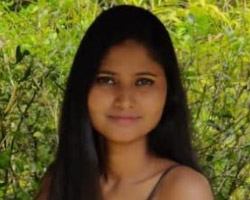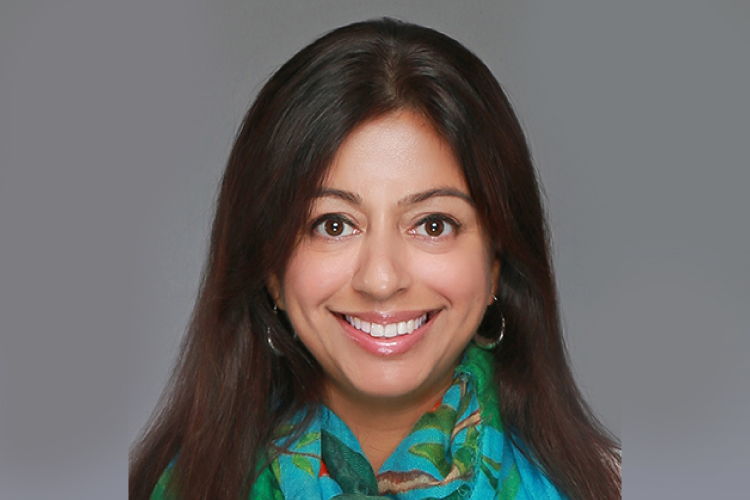Q] What was the insight behind Olay’s #STEMTheGap campaign?
Olay is a brand with a long history of supporting women, and it is also a brand that is deeply rooted in science. We’re seeing very few women in jobs that we believe will be the future, such as STEM. Our estimates tell us that in the next decade itself, the majority, i.e. 50% to 80% of all jobs, will have some component of STEM in them. But in India, there’s only a measly 14% of women in such jobs. So there’s a huge gap in the percentage of women being represented in STEM jobs today, versus the landscape of STEM jobs available, both today and in the future. So if we don’t train women to participate in STEM, we believe that they would be left out of the workplace, and career opportunities. This was really the origin of the campaign. The film was carefully researched, and it is almost a mini documentary in a way. It captures how even though women and men are born equal, our society inculcates in girls from a very young age a subtle message, often an unconscious bias that the jobs that involve science, technology, engineering, and maths are not really jobs that are suitable for women.
Q] Tell us a bit about your collaboration with LEAD School
We have partnered with LEAD School, a premier player in the EdTech space, to provide quality education, particularly focused on the STEM subjects for girls in Tier II and Tier III towns in India. I wouldn’t go so far as to call them underprivileged girls, but they are girls who do not necessarily have access to the same quality of education as the more affluent children have in big cities. By partnering with LEAD, we are ensuring that we provide and democratise the opportunity for STEM as much as possible.
Q] Olay has largely been about older women in their middle-age, so are you trying to increase your target audience base?
Biologically speaking, the skincare needs for women actually start much earlier. When you just enter adolescence, it’s the first phase of skin care needs, which is typically acne, and it is about taking care of oily skin. We don’t really concentrate at this phase. Traditionally, not just Olay, but a lot of products in the skincare category used to market themselves as anti-aging products, people would automatically assume it’s meant for older people. But the unfortunate reality is our skin needs care. That’s why we have the category, skin care, not anti-aging from a younger age. What that care looks like evolves biologically with your age. So, our target audience is actually in their mid-20s and above. Also, we believe that this campaign is extremely meaningful to the lives of these consumers because they are the ones entering the workforce.
Q] Olay has come up with a campaign after a long time, what has led to the big gap?
Olay, like many other brands, has tried to represent the values of its consumers over the years. So I wouldn’t say that it’s after a long gap. I just think that doing it on this scale is perhaps the first in India. So, prior to this, Olay was talking about how we can encourage women to face their future fearlessly, which in a way showed support for women to be their best selves, no matter what the odds. The other thing that we have tried to do is to democratise the way we represent beauty. We’ve always shunned the conventional, we represent Olay models as being from all walks of life. We’ve had a motorcyclist, plus size models, and a lot of different faces represented in our campaigns. I will however admit that we weren’t being as vocal and as loud about it as we are now being about STEM.
Q] Recently, we have seen a lot of home-grown brands coming up with innovative ideas and products, are they eating your market-share?
The nature of the skincare category at any point in time is such that there is always a lot of competition. Unlike some of the other consumer goods categories, skincare has a very low entry barrier. So it’s quite easy to get into skincare. Therefore, this phenomenon of a lot of new players, it’s not new, it’s an old one. So I don’t think this is a new threat. Olay in India and across the region has been growing from strength to strength, so we are actually seeing gains in our market share position wherever we need it. I believe this is because fundamentally we have a very clear identity as a brand that is scientifically advanced, which is why our products actually work. Also, Olay has done a lot in recent years, particularly to stay on track with what consumers want. We’re finding that our consumers are becoming far more discerning about what is in their skincare product. So they’re looking for the ingredients that they know will work.























